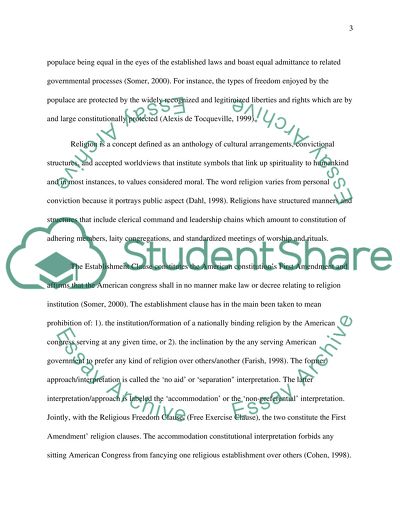Cite this document
(“The Influence of Religion on the First Amendment Research Paper”, n.d.)
Retrieved from https://studentshare.org/law/1396084-the-influence-of-religion-on-the-first-amendment
Retrieved from https://studentshare.org/law/1396084-the-influence-of-religion-on-the-first-amendment
(The Influence of Religion on the First Amendment Research Paper)
https://studentshare.org/law/1396084-the-influence-of-religion-on-the-first-amendment.
https://studentshare.org/law/1396084-the-influence-of-religion-on-the-first-amendment.
“The Influence of Religion on the First Amendment Research Paper”, n.d. https://studentshare.org/law/1396084-the-influence-of-religion-on-the-first-amendment.


